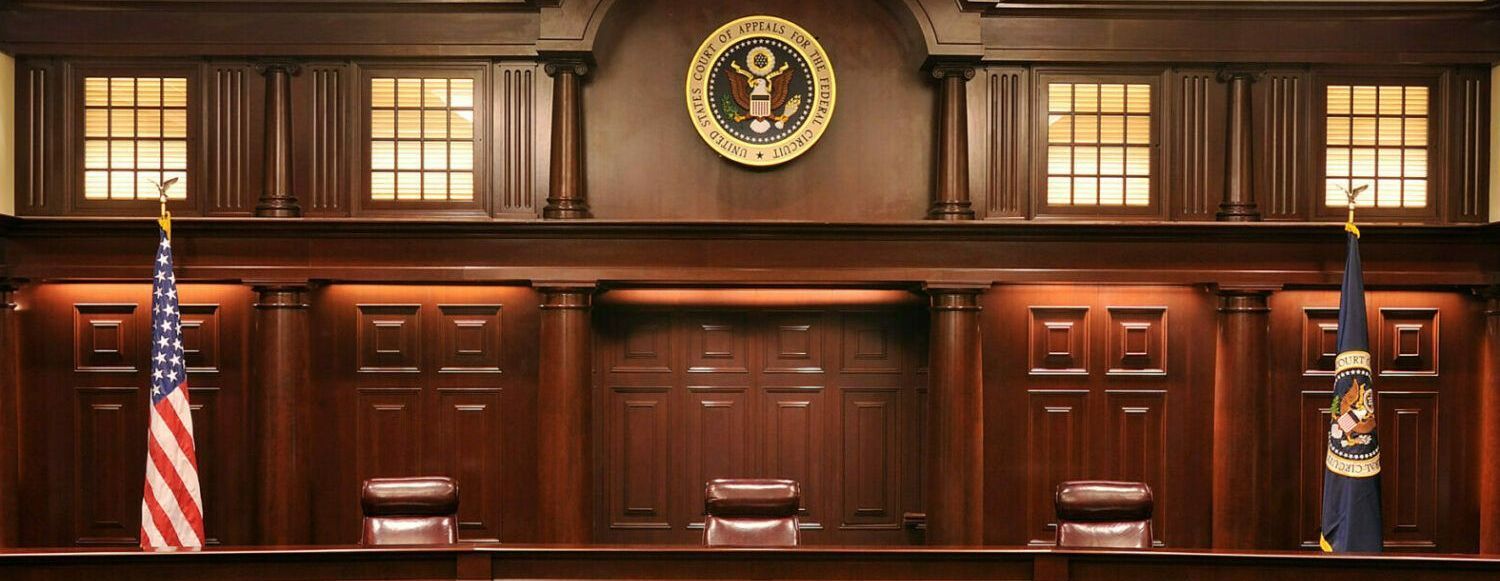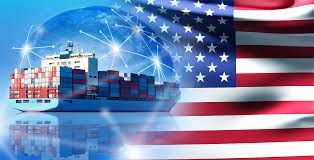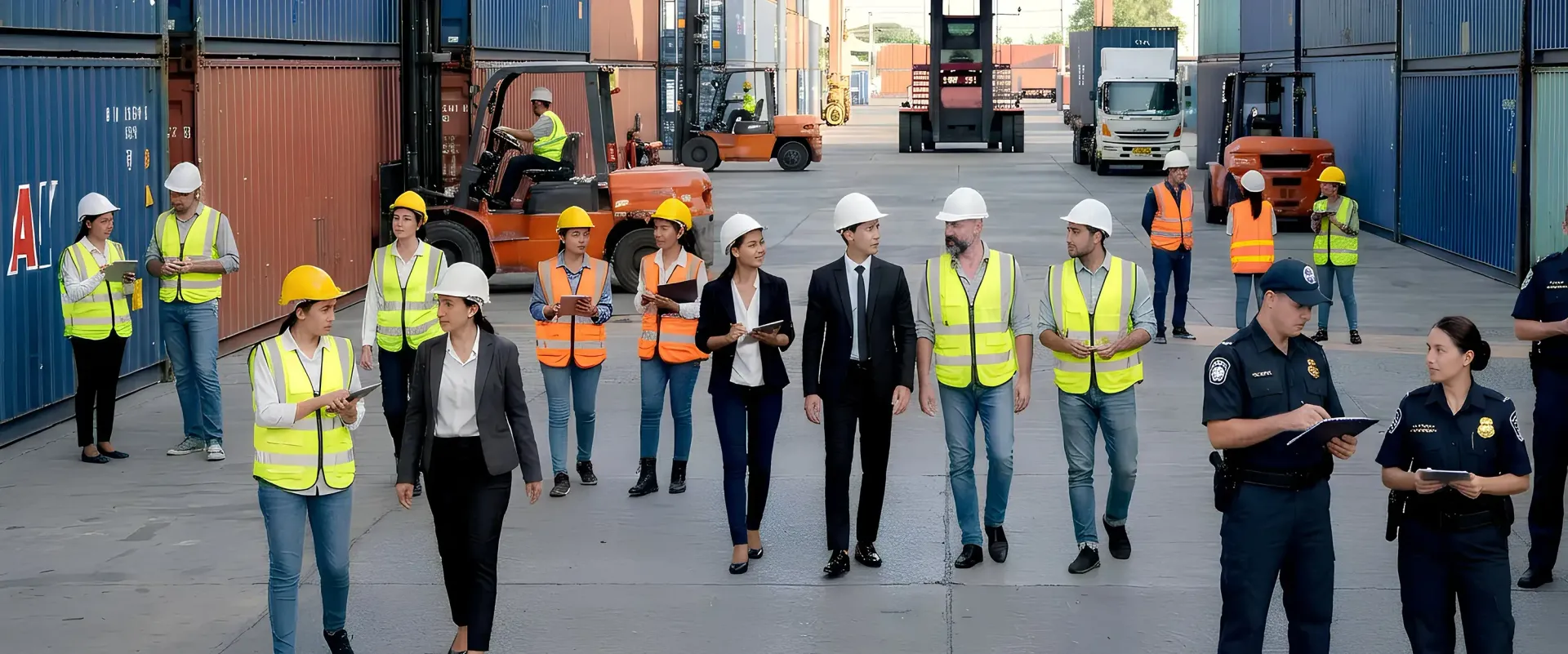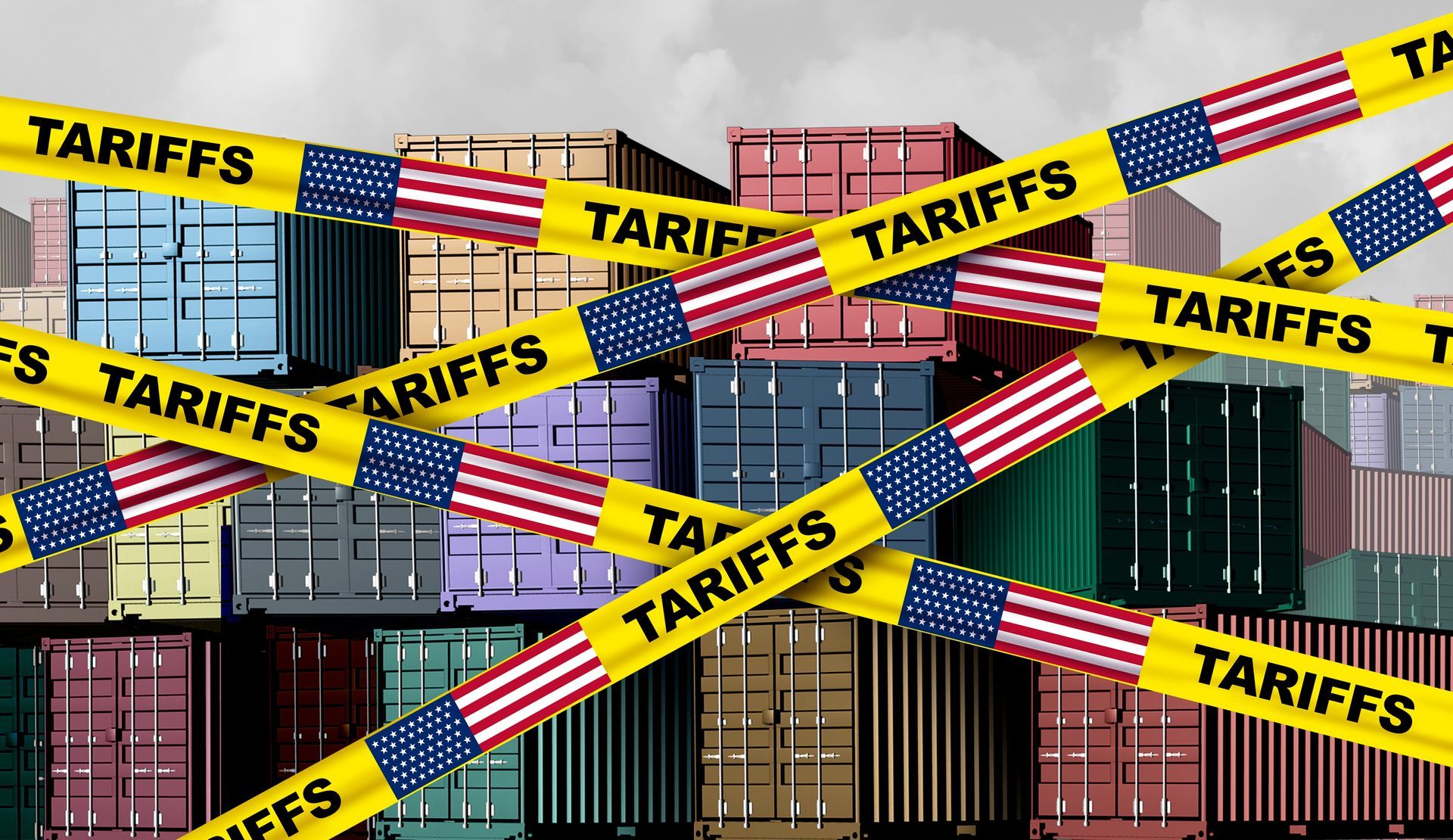HTSUS Classification
Is your merchandise classified properly?
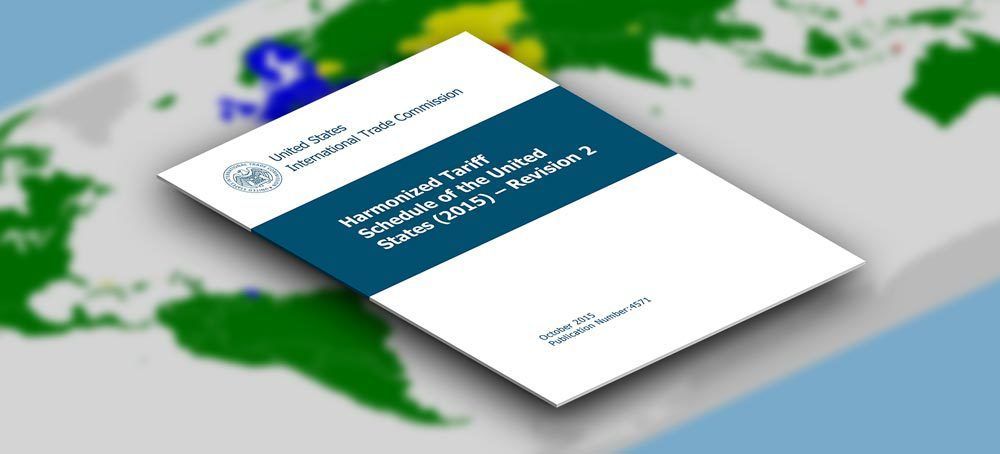
One of the key elements in determining if your products qualify under a free trade agreement involves classification under the Harmonized Tariff Schedule of the United States (HTSUS). Knowledge of classification techniques can afford significant savings under NAFTA, other free trade agreements and eventually the Trans-Pacific Free Trade Agreement when it is finalized. Classification of imported merchandise requires knowledge of the product, expertise in analyzing the HTSUS and a review of U.S. Customs and Border Protection rulings that can affect the merchandise in question. Proper classification is required to be compliant not only with free trade agreements but also with the importation of merchandise.
With respect of the classification of imported merchandise, you should be asking yourself the following questions:
- Who classifies my merchandise and do they have the necessary technical knowledge?
- When has my merchandise been classified last? Should it be updated?
- Am I confident that my classifications are correct?
- What penalties, if any, exist for improper classification?
- Am I paying too much or too little duty on my imported merchandise?
It has been estimated that about 94% of imported merchandise is classified properly. Of the amount misclassified, ½ is classified where the importer is paying too much duty and the other ½ is classified where the importer is paying too little duty. In either case the importer is non-compliant. ITM offers a contingency-based analysis of your imports to determine if you are compliant. This allows you to recoup overpaid duties and to make adjustments on underpaid duties.
Get actionable advice on cost-saving strategies that boost your bottom line.
Subscribe here:



